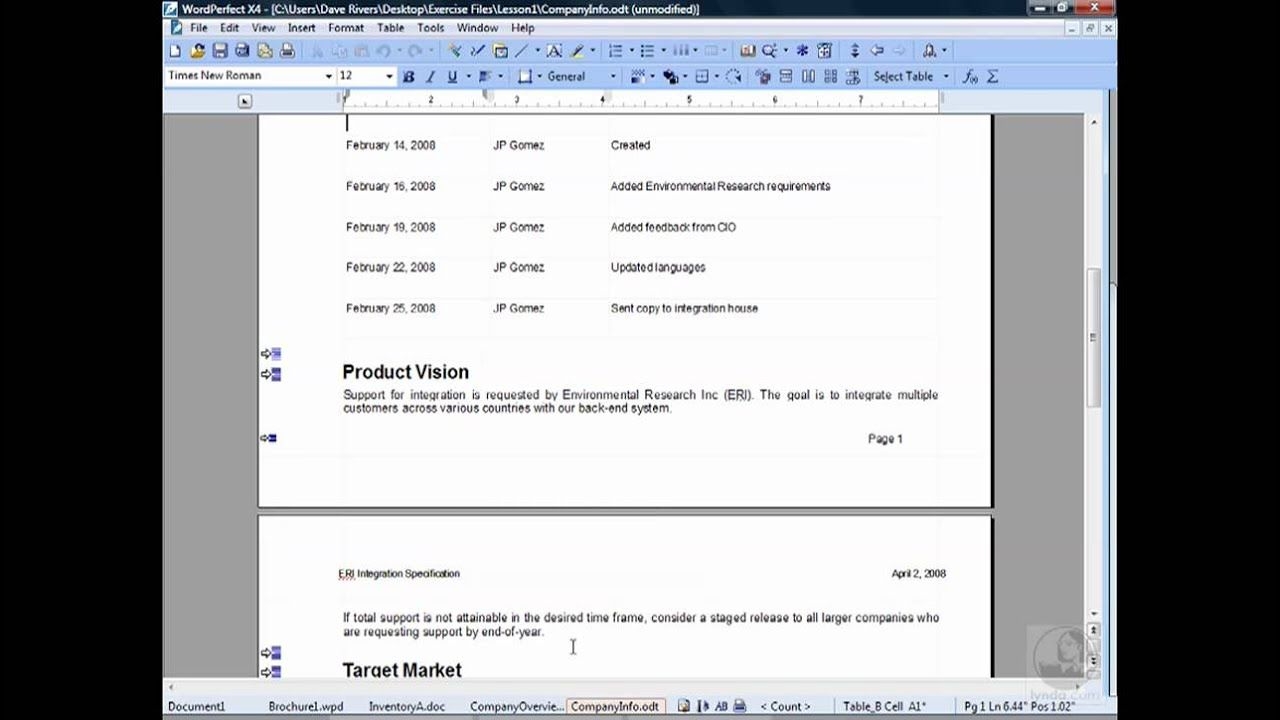

Again, Excel has a function called CLEAN designed to fix just this problem.
CLEAN TEXT FILE OF NON NUMBERS MOVIE
On the next sheet we have a different problem-line breaks that appear inside the movie titles. Notice that TRIM replaces multiple spaces between words with a single space however, spaces at the beginning or end of the titles are completely removed.

The result is a set of cleaned up titles without extra spaces. In this case, we just need to add a reference to the titles in column C, and then copy the formula down. TRIM takes one argument: the text you want to process. Not only are there extra spaces between words, there are also extra spaces at the beginning and end of some of the titles.Įxcel contains a special text function called TRIM that is designed to fix this problem. You can see that there's a problem with extra space characters. Here we have a list of movie titles that were copied in from some other system. Excel contains two functions that can help you clean things up. import rpus nltk.download('stopwords') from rpus import stopwords stop = stopwords.words('english') data_clean = data_clean.apply(lambda x: ' '.join()) data_clean.When you bring data into Excel you sometimes end up with extra spaces and other characters that cause problems.

CLEAN TEXT FILE OF NON NUMBERS CODE
The code below uses this to remove stop words from the tweets. The Natural Language Toolkit (NLTK) python library has built-in methods for removing stop words. This would be particularly important for use cases such as chatbots or sentiment analysis. For example, if we were building a chatbot and removed the word“ not” from this phrase “ i am not happy” then the reverse meaning may in fact be interpreted by the algorithm. This includes any situation where the meaning of a piece of text may be lost by the removal of a stop word. There are other instances where the removal of stop words is either not advised or needs to be more carefully considered. This is particularly the case for text classification tasks. Stop words are commonly occurring words that for some computational processes provide little information or in some cases introduce unnecessary noise and therefore need to be removed. import re def clean_text(df, text_field, new_text_field_name): df = df.str.lower() df = df.apply(lambda elem: \t])|(\w+:\/\/\S+)|^rt|http.+?", "", elem)) # remove numbers df = df.apply(lambda elem: re.sub(r"\d+", "", elem)) return df data_clean = clean_text(train_data, 'text', 'text_clean') data_clean.head() To keep a track of the changes we are making to the text I have put the clean text into a new column. If we include both upper case and lower case versions of the same words then the computer will see these as different entities, even though they may be the same. We need to, therefore, process the data to remove these elements.Īdditionally, it is also important to apply some attention to the casing of words. All of which are difficult for computers to understand if they are present in the data.

Text data contains a lot of noise, this takes the form of special characters such as hashtags, punctuation and numbers. One of the key steps in processing language data is to remove noise so that the machine can more easily detect the patterns in the data.


 0 kommentar(er)
0 kommentar(er)
